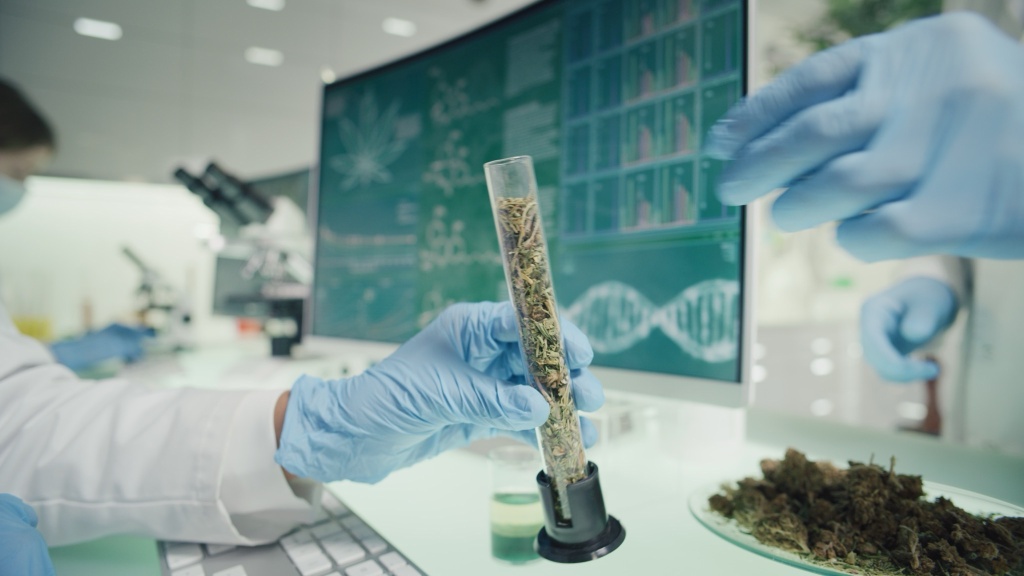Ultra-rare compounds found in weed – here’s why it matters

The cannabis plant is extremely complex, with hundreds of unique active compounds. Most attention is paid to cannabinoids like THC and CBD or terpenes, which are the molecules responsible for driving pot’s flavor, aroma, and effects. However, a new weed study has surprised scientists, revealing both new potential and demonstrating how little we actually know about the plant.
RELATED: Weed has surprising impact on driving skills, study says
Researchers in South Africa analyzed the chemical makeup of three varieties of locally available cannabis: Cape Cookie, CBG, and Blue Sky. They were specifically interested in the phenolic compounds (aka phenols) present. Phenols are prized plant compounds thanks to their potential wellness benefits. Other crops with high phenol levels include blueberries, grapes, and certain herbs like rosemary and thyme.
In a peer-reviewed study published in the journal Chromatography A, the team reported discovering 79 unique phenolic compounds within the three strains, including 26 that have never been found in cannabis. The most exciting of the 26 was the discovery of 16 potential flavoalkaloids, a mysterious set of molecules that rarely appear in plants.
Flavoalkaloids are a blend of, you guessed it, flavonoids and alkaloids. Flavonoids are responsible for the vibrant color of plants (including fruits and veggies), and are believed to have a wide range of health benefits. Akaloids are molecules containing nitrogen that regulate growth in plants. The combined molecule is believed to have antioxidant, anti-inflammatory, and even anti-carcinogenic properties.
RELATED: Cannabis compound may reverse serious effects of aging
The compounds were observed in the leaves of just one sample, believed to be Blue Sky. This cross of LSD and Rocky Mountain Blueberry also tends to be high in ocimene, a rare terpene beloved for its fruity flavor and heavily sedative effects. No conflicts of interest were recorded in the study.
The discovery was meaningful for two reasons. First, they showed science is still learning a lot about the cannabis plant and its molecular makeup, which may include compounds that can be used in medicine. Second, it was further evidence of the diversity of weed’s genetic pool, as different strains and phenotypes express themselves in wildly different ways.
Lead author Dr. Magriet Muller told Science News Today the team was quite surprised by the findings.
“We knew cannabis would be chemically diverse, but the level of variation we found between just three strains was astonishing.”
RELATED: Overlooked part of cannabis plant shows medical potential
Mueller added that the research simply reinforces the importance of cannabis research, saying this is just the tip of the iceberg.
“Cannabis is a remarkably complex plant, and we’ve only scratched the surface. The fact that we detected so many new compounds in just three strains shows there is still much to discover,” Mueller concluded.
